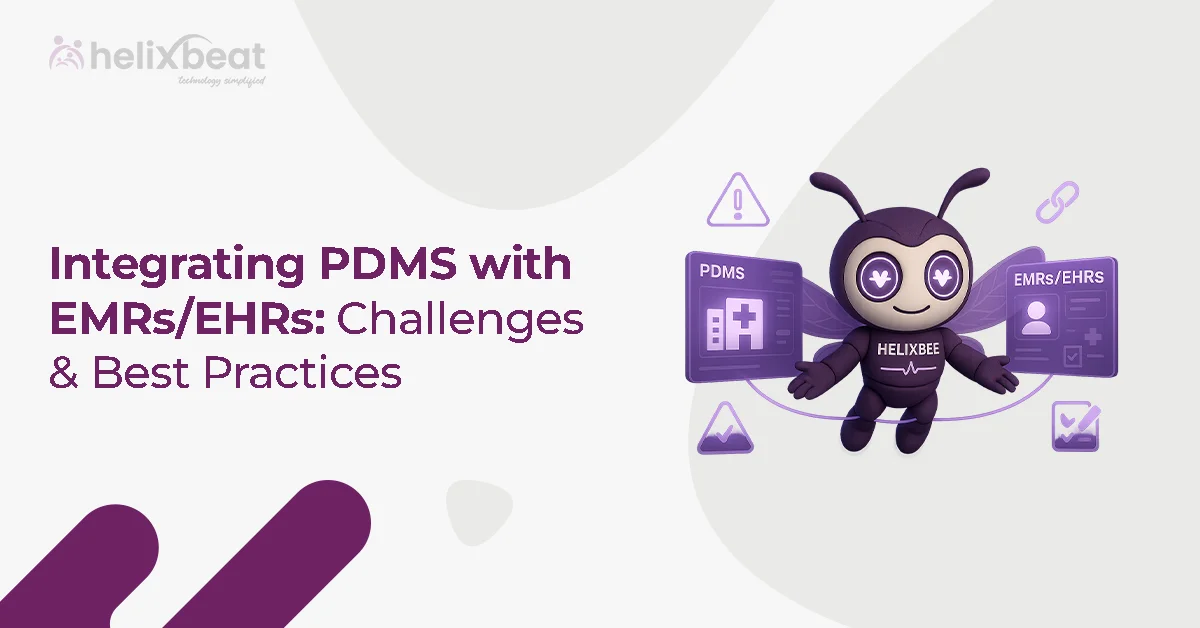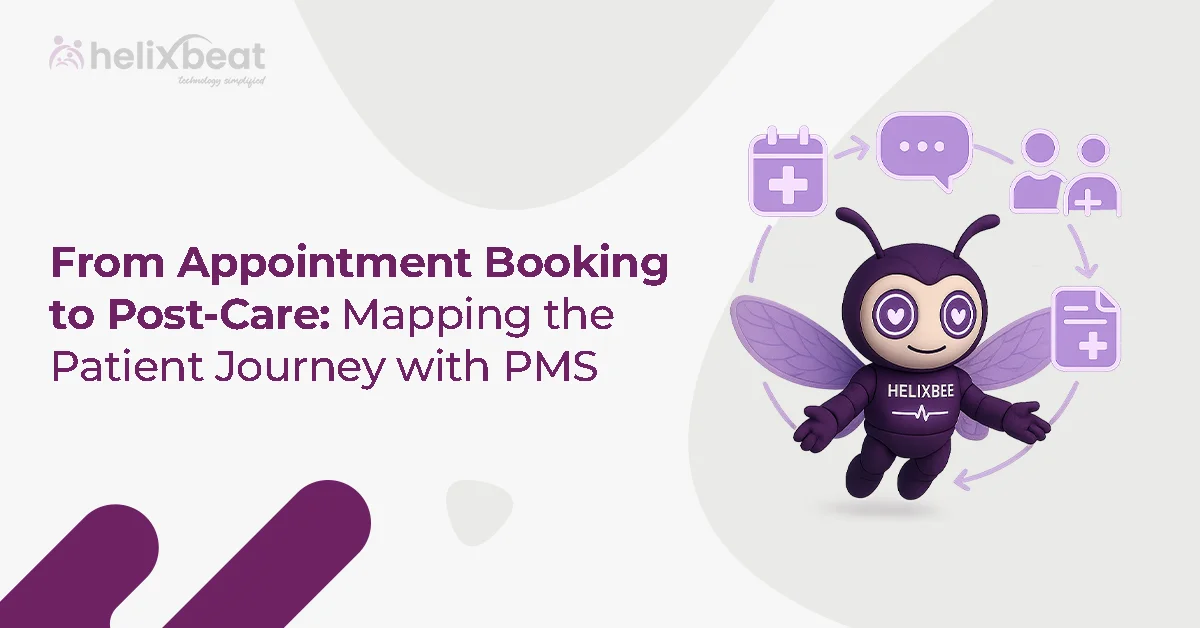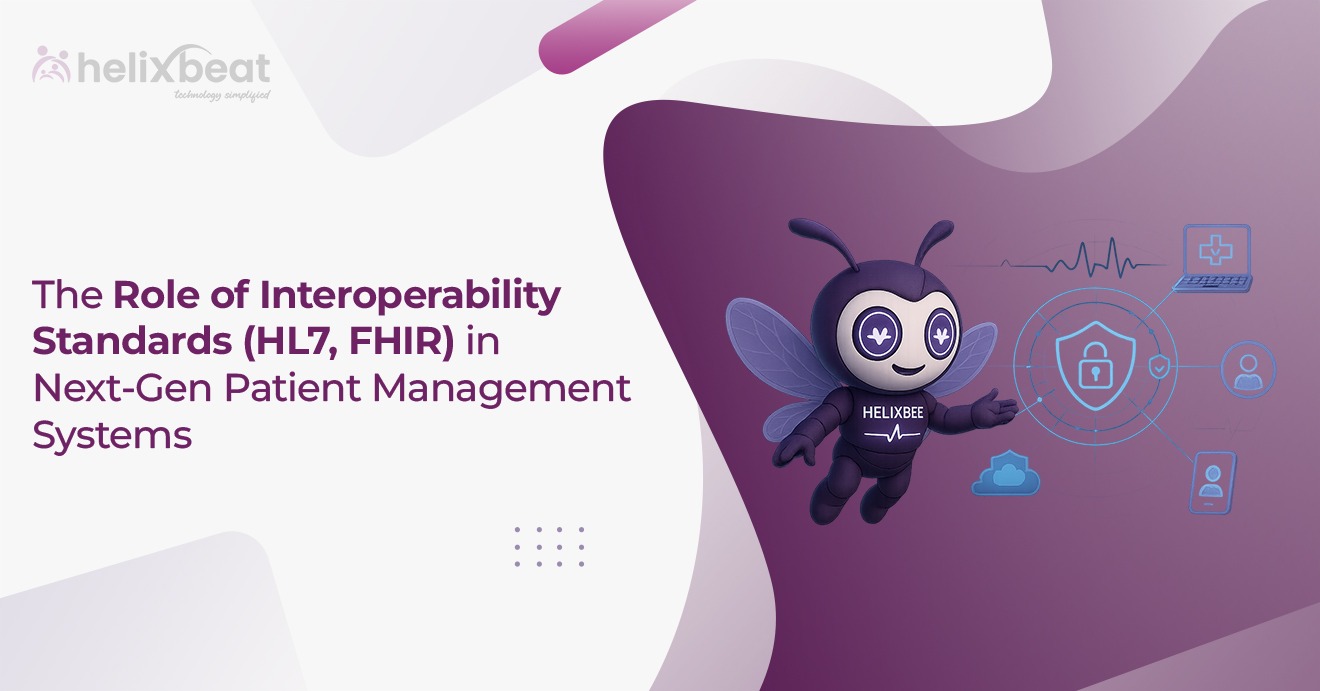Did you know that over 50% of software projects fail because of poor testing? This highlights a real issue: businesses often release software that doesn’t meet expectations, leading to frustrated users and lost revenue.
A reason for this is that it depends on the generic test methodologies in software testing. Testing isn’t just about fixing bugs; it’s about making sure the software works for your specific needs. Without a customized approach, important issues like performance and security can be missed.
So, the solution is customizing the testing strategy to fit your business goals. At Helixbeat, we create testing plans that match your project’s needs, making sure your software performs as expected in everyday use.
Table of Contents
Overview of Testing Methodologies in Software Testing
Testing methodologies in software testing are structured approaches used to ensure that software meets its functional, performance, and security requirements. These methodologies define how different tests are conducted, from functional testing to performance evaluations, helping to identify issues early in development.
Common methodologies include Waterfall, which follows a sequential process, and Agile, which allows for continuous iteration. Choosing the right methodology helps focus on the most critical aspects of the software, ensuring it’s reliable, secure, and ready for real-world use. The goal of these methodologies is not just to find bugs but to improve the overall quality and user experience of the software.

Why Software Testing Methodologies Are Important
Software testing methodologies are crucial because they provide a structured and systematic approach to ensure software quality and reliability. Without an effective testing methodology, software may face critical issues that could lead to performance failures or security vulnerabilities.
Here are five key reasons why testing methodologies are important:
1. Improved Quality Assurance: A clear testing methodology ensures that software meets the desired quality standards by systematically checking for bugs and defects.
2. Risk Mitigation: By following a structured approach, potential risks and issues are identified early in the development process, minimizing the chance of failures after release.
3. Efficient Resource Management: Testing methodologies help allocate resources effectively, ensuring that the right tests are conducted at the right time and with the necessary tools.
4. Improve Collaboration: A well-defined methodology fosters better communication between development and testing teams, ensuring all stakeholders are aligned on expectations and processes.
5. Faster Time to Market: With the right testing methods in place, defects are identified and resolved quickly, leading to faster product delivery without compromising quality.
Functional & Non-Functional Testing
In software testing, functional and non-functional testing are the two main categories that ensure the software meets its intended goals, both in terms of features and performance.
1. Functional Testing
Functional testing focuses on verifying the features and functions of the software. It checks if the application performs as expected from the end user’s perspective. The goal is to ensure that all features are working correctly and fulfilling the defined requirements.
Types of Functional Testing include:
- Unit Testing: Verifying individual components or functions of the application.
- Integration Testing: Ensuring that different parts of the software work together smoothly.
- System Testing: Testing the complete system to verify it meets the business requirements.
- Acceptance Testing: Validating the software against business or user expectations before release.
2. Non-Functional Testing
Non-functional testing, on the other hand, focuses on evaluating the performance and usability of the software under various conditions. It aims to ensure that the software not only works correctly but also performs efficiently and securely.
Types of Non-Functional Testing include:
- Performance Testing: Assessing the speed, scalability, and responsiveness of the software under different load conditions.
- Security Testing: Identifying vulnerabilities and ensuring the software is protected against threats.
- Usability Testing: Evaluating the user-friendliness and ease of use of the application.
- Compatibility Testing: Ensuring that the software works across different devices, operating systems, and browsers.
3. Why Both Are Important
Both functional and non-functional testing are essential for delivering a successful product. While functional testing ensures that the software meets its core requirements, non-functional testing guarantees that it performs well and provides a seamless user experience under real-world conditions. Together, they make sure that the software is not only reliable but also efficient, secure, and user-friendly.
How We Customize Test Methodologies for Your Goals
At Helixbeat, we understand that each project is unique, and testing should be customized to meet specific business objectives. We customize our testing methodologies to make sure your software meets your needs, from functionality to performance. Here’s a detailed breakdown of how we align our testing strategies with your business goals:
1. In-Depth Requirement Analysis and Goal Alignment
Before starting any testing, we conduct a thorough analysis of your project’s objectives, user needs, and technical challenges to ensure our testing efforts align with your business goals. This step ensures we focus on the most critical aspects of your software.
- Conduct stakeholder interviews to understand business requirements
- Identify high-risk areas based on technical and business impact
- Define clear testing objectives aligned with your project goals
- Customize testing strategies to address specific industry needs (e.g., security, scalability)
2. Selecting the Most Suitable Testing Methodology
Choosing the right testing methodology is key to ensuring that our tests are comprehensive and efficient. We evaluate each project’s needs and select the most suitable approach, whether it’s Agile, DevOps, or a traditional Waterfall approach.
- Agile Testing for iterative development and rapid feedback
- DevOps Integration for continuous delivery and testing automation
- Waterfall Testing for large-scale, sequential projects requiring thorough upfront planning
- Risk-based Testing to prioritize testing efforts on high-risk areas
3. Risk-Based Testing for High-Impact Areas
We apply Risk-Based Testing (RBT) to focus our efforts on the parts of your software that pose the greatest risk. This allows us to address potential failures before they impact users or business operations.
- Identify critical features that could cause system failures if left unchecked
- Focus on areas with the highest business or user impact
- Conduct thorough tests on components related to security, data integrity, and compliance
- Prioritize tests based on the likelihood and severity of failure
4. Combining Functional and Non-Functional Testing
To ensure the overall quality of your software, we integrate both functional and non-functional testing. Functional testing checks if the software performs tasks correctly, while non-functional testing ensures that the software meets performance, security, and usability standards.
- Functional Testing: Verify core features work as expected (unit, integration, system testing)
- Non-Functional Testing: Assess performance, security, and scalability (load testing, penetration testing)
- Security Testing: Identify vulnerabilities and ensure data protection
- Performance Testing: Ensure the software performs under expected and extreme conditions
5. Continuous Integration and Feedback Loops
We use Continuous Integration (CI) to run automated tests throughout the development lifecycle. This ensures early detection of defects and provides real-time feedback to developers, reducing the risk of issues going unnoticed.
- Integrate automated test suites into the CI/CD pipeline for continuous feedback
- Conduct regression testing on every code change to identify new bugs
- Facilitate close collaboration between developers and testers
- Provide real-time feedback to quickly adapt testing approaches as the project evolves
By customizing our test methodologies in these ways, we ensure that your software is robust, secure, and aligned with your business goals, setting it up for success in the real world.
Real Example: Customizing QA Methodologies for Different Industries
At Helixbeat, we understand that each industry has its unique challenges and requirements. That’s why we customize our Quality Assurance (QA) methodologies to fit the specific needs of each industry. Below are two examples where we customized our QA approach to meet the distinct demands of our clients.
1. E-Commerce Industry: Optimizing for Scalability and Security
In the e-commerce industry, the primary concerns are scalability, performance, and security. Our client, an e-commerce platform, required a robust solution to handle high traffic, especially during peak sales periods like Black Friday or Cyber Monday.
Custom Testing Approach:
- Load and Stress Testing: We simulated heavy user traffic and peak load conditions to test how the platform handled thousands of simultaneous transactions.
- Security Testing: We conducted vulnerability assessments and penetration tests to ensure sensitive customer data was fully protected, complying with GDPR and other privacy regulations.
- Automation: We implemented automated testing for continuous integration, ensuring that every new feature or change was thoroughly tested before going live.
This customized approach ensured that the e-commerce platform could handle massive spikes in traffic and that customer data remained secure, even under the heaviest loads.
2. Healthcare Industry: Ensuring Compliance and Data Integrity
For a healthcare application that handles patient data, compliance with industry regulations like HIPAA and data integrity was paramount. Our client needed a solution that not only provided the best user experience but also met stringent legal requirements around data security and privacy.
Custom Testing Approach:
- Compliance Testing: We ensured the application met all HIPAA standards by testing data encryption, access controls, and audit trails, ensuring patient information was protected.
- Integration Testing: Since the software needed to interact with other healthcare systems (such as Electronic Health Records), we conducted thorough integration testing to verify seamless data exchange while maintaining confidentiality.
- Usability Testing: Given that healthcare professionals would use the software under pressure, we performed usability testing to ensure an intuitive user interface that would minimize errors and improve efficiency in a clinical setting.
This custom QA methodology provided our healthcare client with a highly secure and compliant platform, ensuring data integrity while delivering an intuitive experience for medical professionals.
Final Words
Customizing QA methodologies is important for ensuring that your software not only meets functional requirements but also performs reliably under real-world conditions. At Helixbeat, we understand that every business is unique, and we take the time to customize our testing strategies to fit your specific needs. By aligning our approach with your business goals, we help you achieve high-quality, secure, and efficient software that delivers exceptional user experiences.
With our expertise in various industries and a deep understanding of your project’s unique challenges, we provide testing solutions that go beyond generic methods. Contact us for an affordable software testing service.
FAQ
1. What is the purpose of testing in software testing methodologies?
The purpose of testing in software testing methodologies is to identify defects, verify that the software meets its functional and non-functional requirements, and ensure the software performs as expected in real-world conditions. Testing helps to improve software quality, minimize risks, and deliver a reliable, user-friendly product.
2. List common software testing methods
Common software testing methods include:
- Unit Testing: Verifying individual components or functions.
- Integration Testing: Ensuring components work together as expected.
- System Testing: Testing the complete system to ensure it meets requirements.
- Acceptance Testing: Validating that the software meets user needs.
- Performance Testing: Assessing how the software performs under various conditions.
- Security Testing: Identifying vulnerabilities and ensuring data protection.
3. What are the test methodologies in software testing?
Test methodologies in software testing refer to the structured approaches used to plan, execute, and evaluate software tests. These methodologies, such as Agile, Waterfall, and V-Model, guide the testing process, ensuring that software is thoroughly tested, defects are identified early, and the final product meets the desired quality standards.
4. What are the different test methodologies in software testing, and how do they impact software quality?
Test methodologies in software testing include:
- Waterfall Testing: A sequential approach.
- Agile Testing: Iterative with continuous feedback.
- V-Model Testing: Focused on validation and verification.
- DevOps Testing: Integrated, automated testing.
These methodologies impact software quality by ensuring thorough, structured testing, identifying issues early, and meeting project-specific requirements.
5. Why is it important to choose the right test methodologies in software testing for your project?
Choosing the right test methodology ensures that testing aligns with your project’s goals, prioritizes critical areas, improves efficiency, and reduces risks, leading to higher quality and better user experiences.














